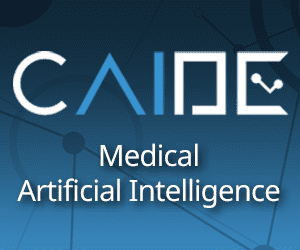Augmented reality (AR) is revolutionizing warehouse operations by streamlining picking and packing processes, improving efficiency, and reducing errors. Here’s how AR is transforming warehouse operations:
- Hands-free Picking: AR headsets or smart glasses equipped with cameras and display screens can overlay digital information, such as picking instructions, product details, and location cues, onto the real-world view of warehouse workers. This hands-free approach enables workers to have both hands available for picking and packing tasks, eliminating the need for paper-based instructions or handheld devices. AR-guided picking improves productivity and accuracy by providing real-time visual cues and reducing cognitive load.
- Visual Location Guidance: AR can provide visual cues, such as arrows or markers, overlaid on the physical environment to guide workers to the precise location of items in the warehouse. This helps reduce time spent searching for products and minimizes errors in picking the wrong items. Visual location guidance simplifies onboarding for new employees, reduces training time, and enables workers to quickly adapt to changing inventory layouts or seasonal demands.
- Item Recognition and Verification: AR can facilitate item recognition and verification by overlaying digital information, such as product images, descriptions, or barcode scanning results, onto physical items. Warehouse workers can simply scan or point the AR device at the item, and the system can instantly provide relevant information, such as item details, quantity, and handling instructions. This streamlines the verification process, reduces manual errors, and improves inventory accuracy.
- Real-time Inventory Updates: AR devices can be integrated with warehouse management systems or inventory databases, allowing for real-time inventory updates. As workers pick or pack items, the AR system can automatically update the inventory count, ensuring accurate and up-to-date inventory information. Real-time inventory updates enable better demand planning, reduce stockouts, and improve overall inventory management.
- Training and Onboarding: AR can be used for training and onboarding new warehouse workers. By overlaying step-by-step instructions, simulations, or virtual guidance onto the physical environment, new employees can quickly learn warehouse processes and best practices. AR-based training reduces the need for traditional classroom-style training, improves learning retention, and accelerates the onboarding process.
- Error Prevention and Quality Control: AR systems can provide real-time quality control checks during picking and packing processes. By verifying the accuracy of picked items or comparing them against digital reference models, AR can detect potential errors, such as incorrect quantities or wrong products. Visual warnings or prompts can be displayed to prevent mistakes and ensure high-quality order fulfillment.
- Data Analytics and Performance Metrics: AR devices can collect data on warehouse operations, such as picking times, travel distances, or error rates. This data can be analyzed to identify bottlenecks, optimize workflows, and measure worker performance. By gaining insights from AR-generated data, warehouse managers can make data-driven decisions to continuously improve efficiency and productivity.
The implementation of AR in warehouse operations requires careful planning, integration with existing systems, and user training. However, the benefits of streamlined picking and packing, improved accuracy, and enhanced worker productivity make AR a powerful tool for transforming warehouse operations and meeting the demands of modern supply chains.








